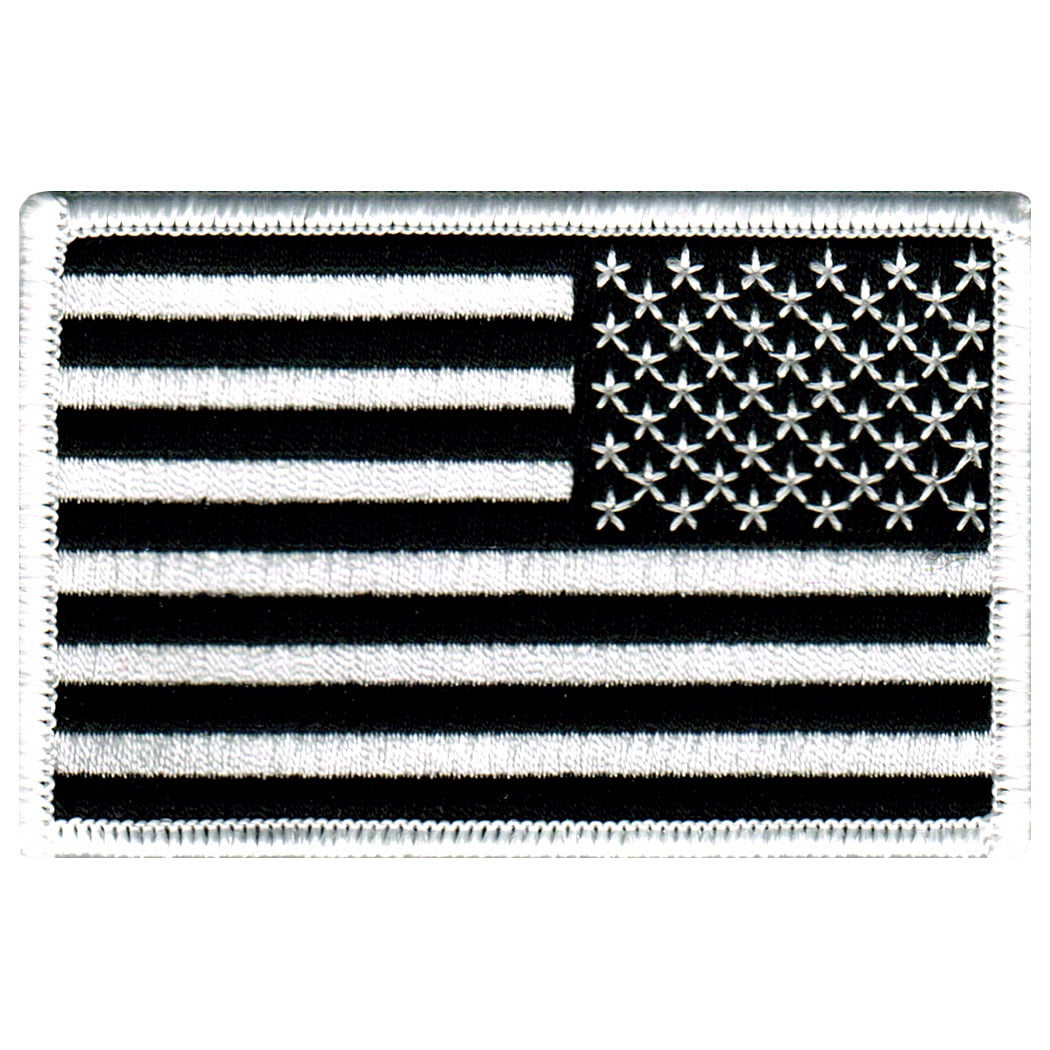

The flag is flown at half-staff when the nation is in mourning, such as for the death of government official or for remembrance, as well as from sunrise to noon on Memorial Day. Fly your flag on half-staff at the right times. "Half-mast" technically refers to a flag flown on a ship's mast, while "half-staff" describes flags flown on land.


There is a difference between half-staff and half-mast, even though they're commonly used interchangeably. Know the difference between half-staff and half-mast.

It's not necessary to dispose of your flag if it accidentally hits the pavement, but you should make sure that it's in good condition before displaying it again. Prevent your flag from touching the ground, floor, or water. Marco Rigon / EyeEm Getty Images Avoid letting the flag touch the ground. Never dip the flag to any person or anything. If you're hanging your flag vertically (like from a window or against a wall), the Union portion with the stars should go on the observer's left. There's a right and a wrong way to hang the flag vertically.ĭon't hang your flag backwards, upside down, or in another inappropriate fashion. The American flag should be flown at half-mast from sunrise until noon, then raised to full mast for the rest of the holiday.īrush up on the rest of your flag etiquette ahead of Memorial Day weekend by learning how to fly the Stars and Stripes the right way. Take note: Memorial Day has its own flag etiquette. You can fly the American flag on all days, but the Flag Code especially recommends displaying it on Independence Day, as well as other major holidays like Flag Day, Labor Day and Veterans Day. Flag Code, established by Congress in 1942, offers guidelines for treating this national symbol with dignity. However, your act of patriotism can quickly become (unintentionally) disrespectful if you're unaware of an important set of rules. Displaying an American flag is a great way to show off your love for our country.


 0 kommentar(er)
0 kommentar(er)
